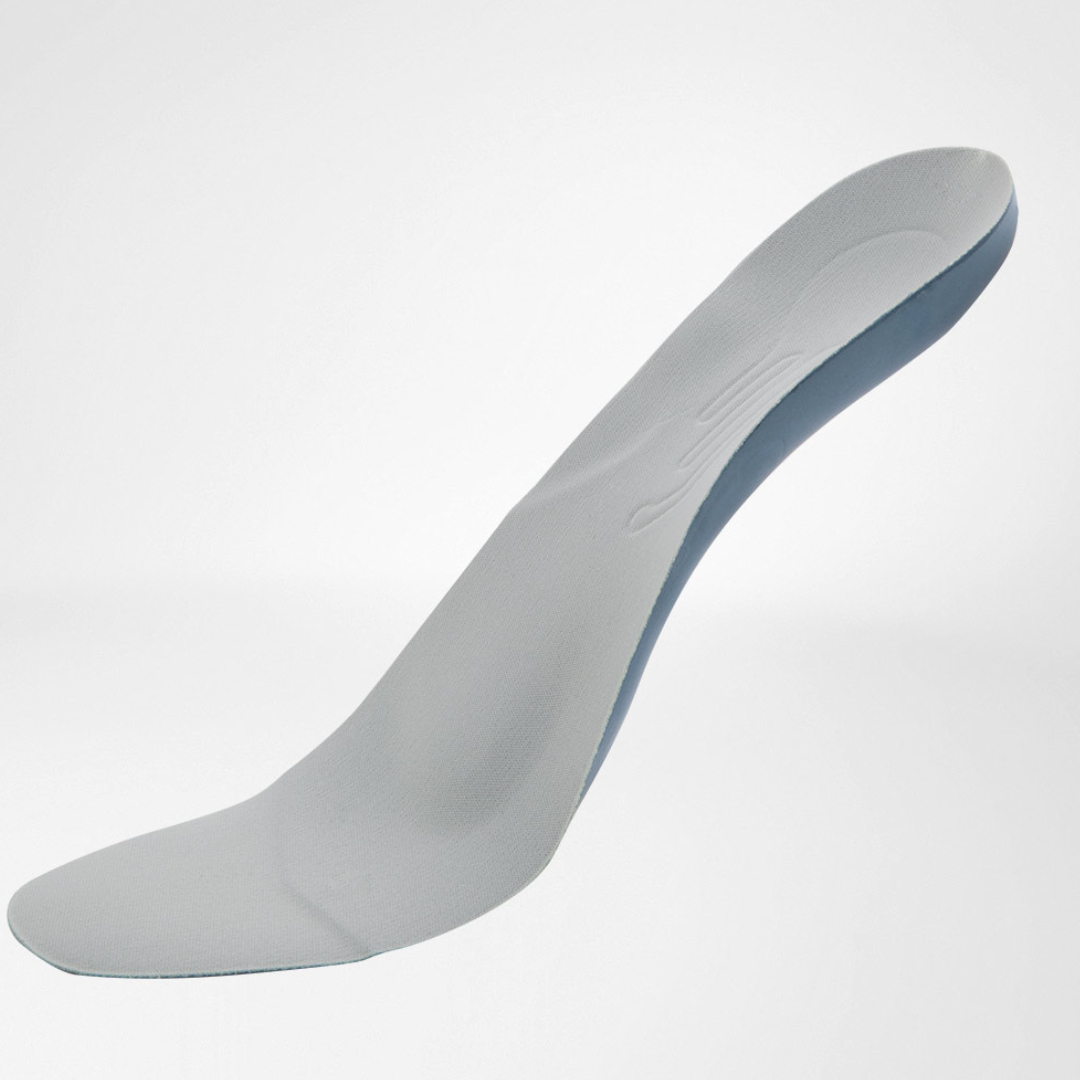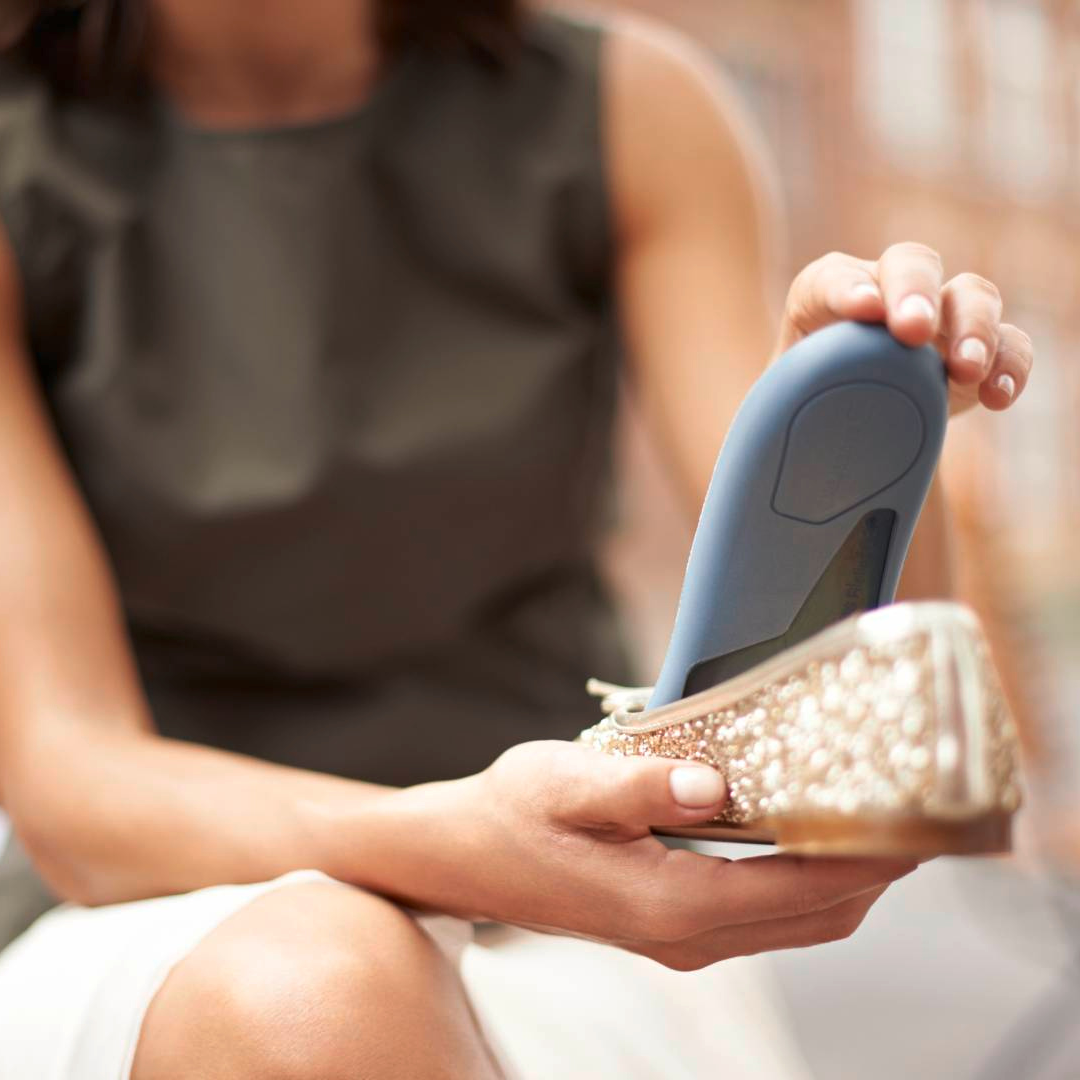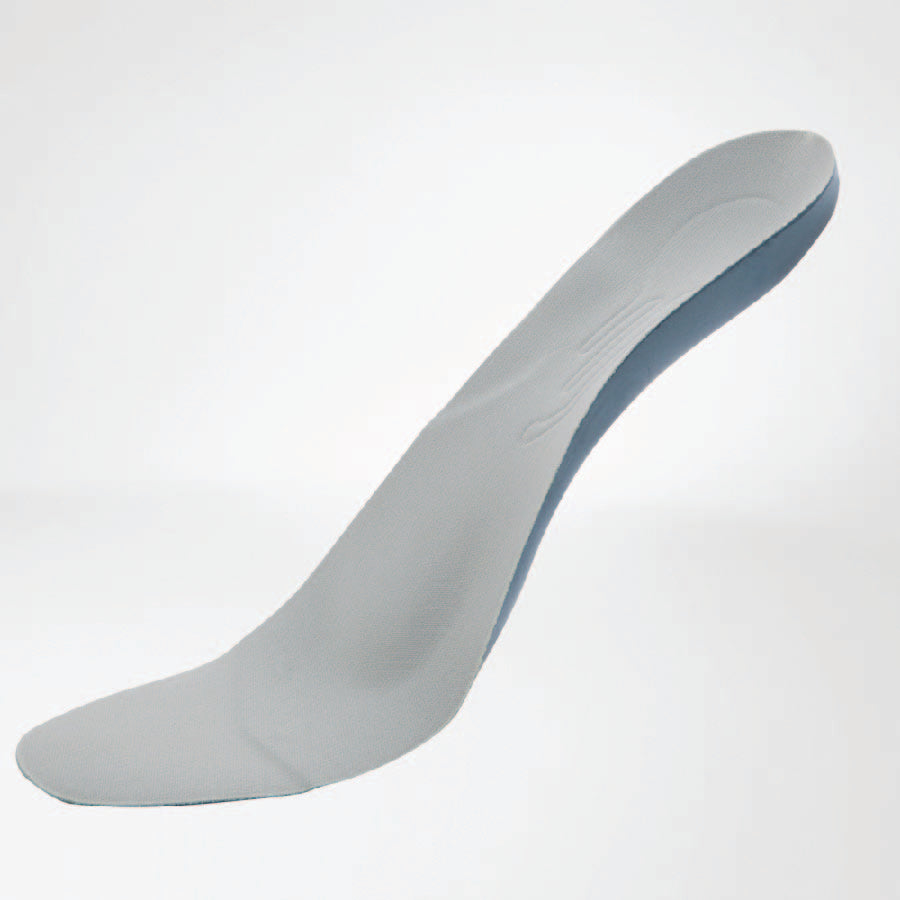Heel spurs are a common problem that manifests as pain in the heel area, especially in the morning, after prolonged standing or physical exertion. This pain usually worsens when starting to move after a long period of rest.

Causes
- Overuse: Excessive physical exertion, especially on the feet, such as running, jumping, prolonged standing on hard surfaces.
- Improper footwear: Narrow, tight, or inadequately supportive shoes can contribute to the formation of heel spurs.
- Flat feet: A lowered arch in the foot can cause uneven pressure on the heel.
- Age: Age-related changes in connective tissue and tendons can contribute to the formation of heel spurs.
- Obesity: Excess weight puts extra strain on your feet.
- Inflammatory processes: Chronic inflammation in the plantar fascia (the tissue that connects the heel to the toes) can contribute to the formation of calcific deposits.
Treatment methods

The choice of treatment method depends on the severity of the heel spur and individual characteristics. The following methods are most often used:
- Rest: Reduce stress on your feet, avoid prolonged standing and physical activities that aggravate the pain.
- Ice packs: Apply ice packs to the painful area several times a day to reduce inflammation and pain.
- Painkillers: Use over-the-counter painkillers, such as ibuprofen or paracetamol.
- Physiotherapy: Perform exercises to strengthen the foot and lower leg muscles, as well as stretch the plantar fasciitis.
- Corticosteroid injections: In more severe cases, your doctor may recommend injecting corticosteroids into the painful area to reduce inflammation.
- Surgical intervention: If conservative treatments do not help, surgery may be necessary.
- Orthopedic insoles: They help reduce pain and promote faster recovery by providing the heel with the necessary support and proper load distribution. A great solution for heel pain are reduxheel insoles , which are designed specifically for heel pain and heel spur pain.
Important: If you have heel pain, consult a doctor or physical therapist for an accurate diagnosis and an individualized treatment plan.
https://vc4.lv/pakalpojumi/diagnostika/pedu-slimibu-diagnostika/tehnika-ortopeda-pakalpojumi/
Prevention:
- Wear comfortable shoes with good support.
- Regularly perform light stretching exercises for your feet and lower legs.
- Maintain a healthy weight.
- Avoid excessive strain on your feet.
- Wearing orthopedic insoles that distribute the load and correct the position of the foot can prevent the formation of heel spurs. View our orthopedic insoles
Note: This is only a general overview of the causes and treatments for heel spurs. Each case is individual, and only a doctor can provide an accurate diagnosis and recommend the most appropriate treatment.







